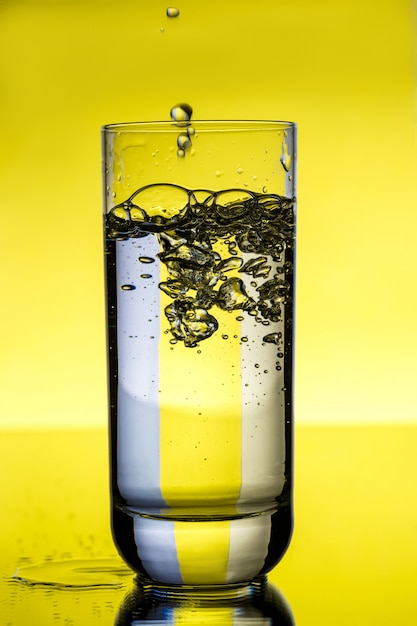
Green tea, which comes from the camellia sinensis plant, is becoming a popular ingredient in skincare products like toners, cleansers, and hydrating serums. While store-bought products can give your skin a nice glow, they often contain ingredients like parabens and retinol, as well as complex chemicals like butylene glycol and ethylhexylglycerin.
Some green tea serums include extras like panthenol, squalane, allantoin, and peptides. While these ingredients can be beneficial, they’re typically not easy to find unless you’re in a laboratory setting. A simpler DIY approach can be just as effective using natural ingredients.
Many people know how healthy drinking green tea is, but it’s also great for your skin. It’s packed with antioxidants and polyphenols like EGCG, which help protect your skin from damage caused by UV rays and pollution. These polyphenols also help replenish vitamin C in your skin, aiding collagen production to reduce fine lines and improve skin firmness and tone. Green tea also soothes irritation and redness and calms inflammation.
The caffeine in green tea boosts circulation, and you might notice it in eye creams because it helps reduce dark spots and puffiness. It can also help with cellulite by breaking down fat molecules in the skin, though studies on caffeine’s cellulite-fighting benefits involve high concentrations. It’s important to maintain a healthy diet alongside skincare routines for overall benefits.
If you have acne or oily skin, adding green tea to your skincare can help because it reduces sebum, inflammation, and redness. Another key ingredient in this serum is apricot kernel oil, which is non-greasy but very hydrating, making it perfect for dry, irritated, or sensitive skin. It’s rich in vitamin A and essential fatty acids, which improve skin elasticity, and vitamin E to protect against damage and inflammation.
Apricot kernels are special because they’re the best source of vitamin B-17, also known as amygdalin, which is being studied for potential cancer-fighting properties. Although there isn’t conclusive evidence yet, the research looks promising.
Essential oils add a nice scent and additional skin benefits. There are many skin-safe oils to choose from, depending on your preferences. Ylang ylang, for instance, stimulates cell growth, has anti-aging benefits, and helps with acne and inflammation. It’s useful for various skin types and also offers aromatherapy benefits, such as reducing stress and even lowering blood pressure. Since ylang ylang has a strong scent, use it sparingly to avoid overwhelming your serum. Keep it under a 0.8% dilution to prevent skin irritation.
Sweet orange essential oil, unlike most citrus oils, isn’t phototoxic, so it won’t harm your skin in the sun. It adds a fruity balance to the floral ylang ylang, reduces blemishes, and boosts mood. If you don’t have ylang ylang or sweet orange oils, there are other great options you can explore.
There are several ways to incorporate green tea into your skincare routine. You can make a green tea glycerite using glycerin or simply steep green tea in water for a quick toner, although it only lasts a few days in the fridge.
For this serum, we’re creating a green tea-infused oil. This combines well with other carrier oils, providing added benefits without needing a preservative or refrigeration. You can select a carrier oil that suits your skin type for the best results.
To make a solar infusion with green tea, add the tea and oil to a jar, cover it, shake occasionally, and let it infuse for about four weeks. If you prefer a quicker method, you can use the stovetop.
If you enjoy DIY skincare, give this green tea serum a try and explore other recipes to keep your skin healthy and glowing. How do you like to use green tea in your skincare? Share your thoughts!

